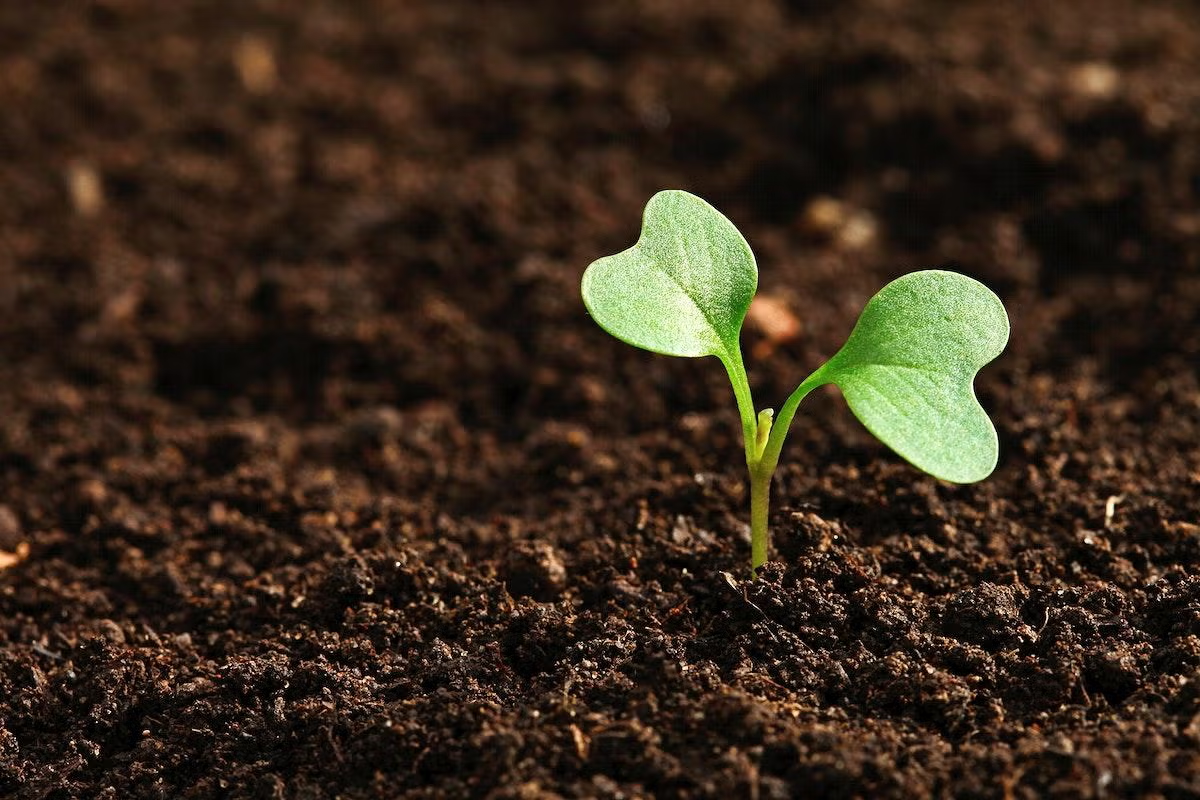
Go through different STEM, reading, and writing activities with Roz and her friends in The Wild Robot. Students will problem solve, participate in discussions, and learn about artificial intelligence

With this introductory lesson on Newton's Laws, student will have the opportunity to understand and explain Newton's 3 laws through a hands-on experience. This is an excellent way to introduce physics

This is a lesson plan about creating a vermicomposting bin. This explains how vermicomposting helps in keeping the environment clean and also how it helps create rich soil which is important for


Students will gather information to develop a model about the essential elements needed by plants in order to grow and survive in this hands-on lesson. They will then apply this knowledge by

In this lesson, students will get creative with materials to rescue an unfortunate worm. After completing this activity students will have a much better concept of what the 'T" in STEM really means

In this 7 week unit, students will utilize resources around them to create a garden for a culminating taco party! Students will work on science, math, and ELA within the unit. Feel free to host this

In this lesson, students use their knowledge of electric power to design a model circuit that expends less electrical power. They do this by using the PhET Circuit Construction Kit: DC and they may


In this physics lesson, students carry out a lab activity to determine Hooke's Law and investigate spring constants.

This two-part lesson models STEM instruction in the context of an ELD classroom. In part 1 (this lesson), the goal is to promote scientific academic discourse in an ELD classroom. Students use a


This two-part lesson models STEM instruction in the context of an ELD classroom. In this lesson (part 2), students pose a research question about clouds, weather, and/or climate, and address it with




As an intro to Thermal Energy, students are challenged to create a warmer that will keep my coffee warm. Students project will be tested in class, data will be collected, compared, and graphed.




In this hands-on lesson, students will be challenged to complete an obstacle course with a Sphero/RVR/Edison through coding. Students will be given a task list to complete and will be timed. Math

This hands-on lesson allows students to engage in the engineering design process by building a new vision technology with applications of convex and concave lenses. This is the 3rd lesson in a series

In this engaging lesson, students will design and build a Mars Resource Transport (basically a wagon) on wheels and axles. They have to meet build criteria based on volume and a budget for resources

This is the 4th and final part of a 4-part series that allows students to communicate what they've learned through using the engineering design process to develop new vision technology. Links to all


